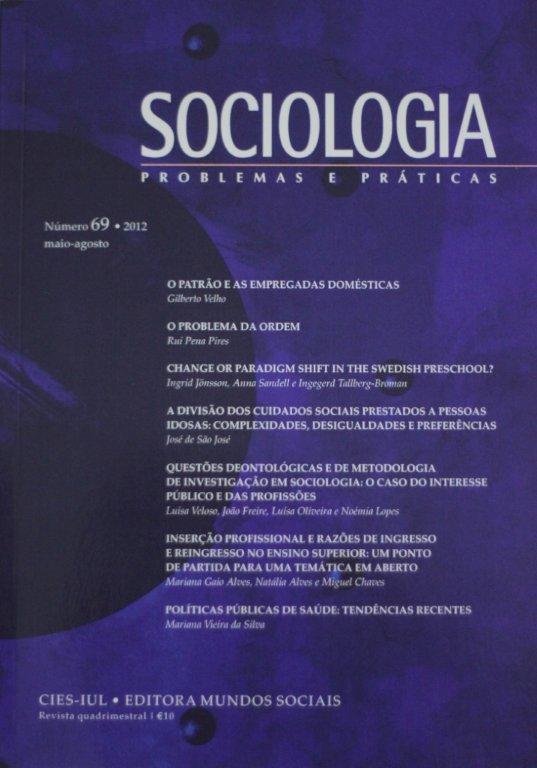The division of the social care provided to the elderly: complexities, inequalities and preferences
DOI:
https://doi.org/10.7458/SPP201269787Abstract
This article, which is based on qualitative research, talks about how the provision of social care to the elderly is divided up between family and non-family carers. Working from a conceptual model which avoids the dichotomies used in the research that has already been done on this topic, the data which the author has gathered and analysed reveal complexities and hybridisms in the division of care, as well as inequalities linked to social class and gender. In addition, the family carers who were interviewed chose the combination of family care with domiciliary support — the “family carer’s friend” (whose interventions can involve eight or more hours a day) — as the preferred/ideal way of dividing care. The importance of these results is discussed in depth, not only from a sociological point of view, but also in terms of professional practices and social policies.Downloads
Issue
Section
Articles
License
Authors who publish in this Journal must agree the following terms and conditions:
- Authors retain copyright and grant the Journal the right to first publication, while simultaneously agreeing to a Creative Commons Attribution License, which allows others to share their work on condition that they cite the original author(s) and recognise that the latter’s work was first published in this Journal.
- Authors are authorised to enter into additional contracts separately, for non-exclusive distribution of the version of the work that is published in this Journal (e.g. publication in an institutional repository or as a book chapter), subject to recognition of initial publication in this Journal.



